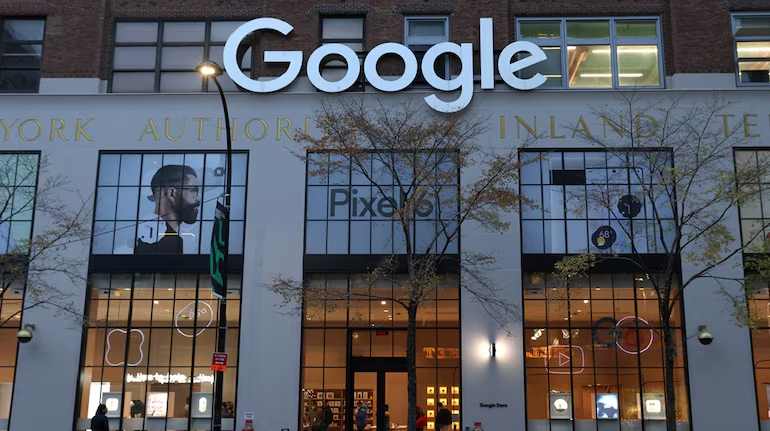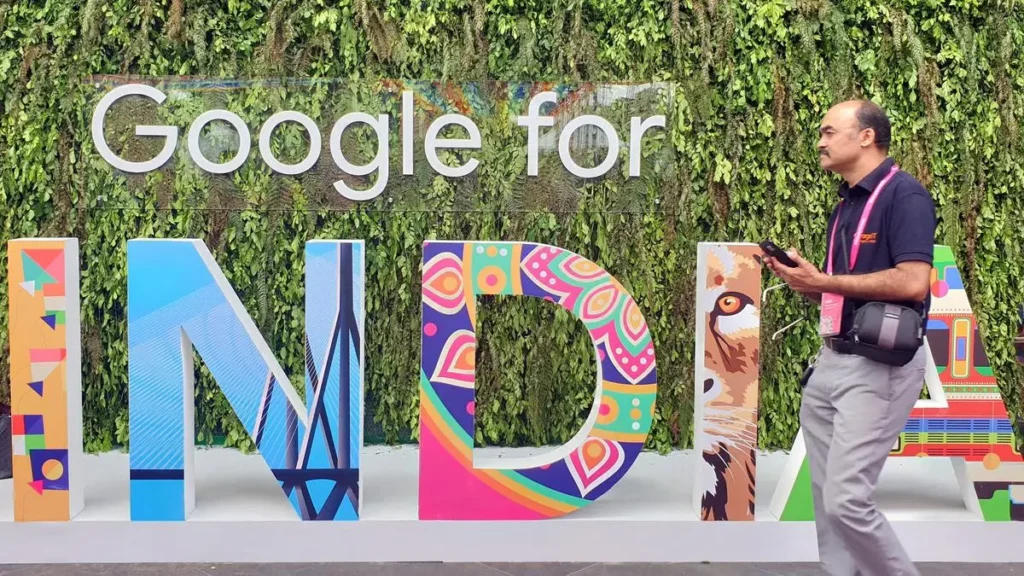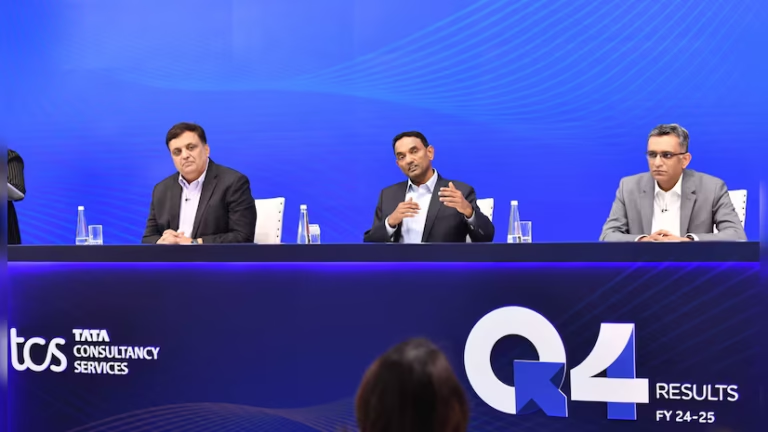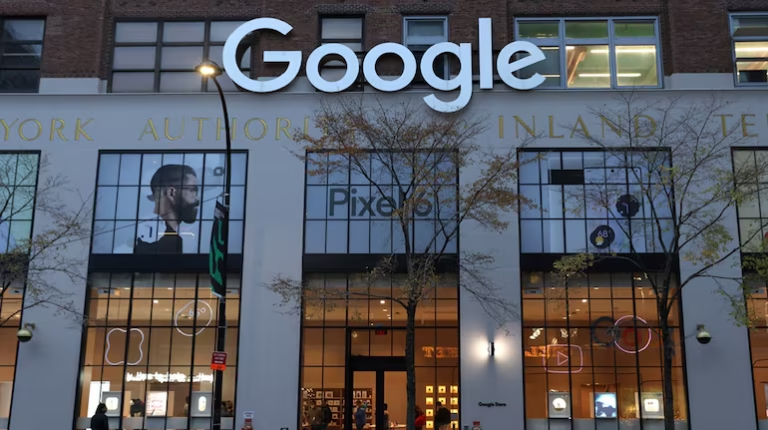
Google, once a pioneer in remote work flexibility, has undergone a dramatic shift in its work-from-home (WFH) policies by 2025. While the company embraced remote work during the pandemic, recent mandates emphasize hybrid models and stricter office attendance. This blog unpacks Google work from home policy 2025, the reasons behind the changes, and what they mean for employees.

The Evolution of Google’s Remote Work Policy
- Pandemic-Era Flexibility (2020–2022)
During COVID-19, Google transitioned to fully remote work, later introducing its Work From Anywhere (WFA) program in 2021. Employees could split time between home and office, with up to four weeks of international remote work annually.
- Early Hybrid Transition (2023)
By 2023, Google began tightening policies. Attendance tracking via badge swipes was implemented, and office presence became part of performance reviews. Employees were expected in-office three days a week.
- 2025: Strict Hybrid Mandates
In April 2025, Google escalated enforcement, warning remote employees to return to offices or face job loss. Departments like **Technical Services** and **People Operations (HR)** required hybrid work for staff within 50 miles of an office, with relocation aid offered. Non-compliance risks termination.
Key Features of Google’s 2025 Policy
Hybrid Work Requirements
- – 3 days/week in-office: Mandatory for employees near offices.
- – Attendance tracking: Badge swipes and performance reviews now include compliance metrics.
- – Exceptions: Employees >50 miles from an office can remain remote but must adopt hybrid schedules for new roles.
Limited Remote Opportunities
While most roles are hybrid, Google still lists 49 fully remote positions globally (e.g., in engineering, sales, and security), though these are highly competitive.
Check here Google India opportunities
Relocation and Exit Packages
- – Employees refusing hybrid work may opt for voluntary exit programs.
- – One-time relocation support is offered for those moving within 50 miles of an office.
AI-Driven Productivity Demands
Co-founder Sergey Brin emphasized in-person collaboration for AI teams, advocating for 60-hour workweeks to maintain competitive momentum.
Why the Shift? Balancing Innovation and Cost-Cutting
- Cultural and Innovation Priorities
Leadership argues that in-person collaboration fosters creativity, especially in high-stakes fields like AI. Google’s spokesperson stated, “In-person collaboration is critical for solving complex problems.”
- Economic Pressures
Google is streamlining costs while investing heavily in AI infrastructure. Targeted layoffs and hiring freezes in high-cost regions (e.g., the U.S.) contrast with expanded recruitment in lower-cost markets like India.
- Employee Sentiment and Pushback
While some appreciate structured hybrid models, others criticize micromanagement. Employees have voiced concerns over “being tracked like schoolkids” and losing autonomy .
Benefits and Challenges of Google’s Policy
Pros
- Enhanced team collaboration
- Clear structure for innovation goals
- Relocation support for hybrid transitions
Cons
- Reduced flexibility for remote workers
- Risk of talent attrition to flexible firms
- Micromanagement concerns
The Future of Remote Work at Google
Google’s policies reflect a broader tech industry trend favoring hybrid models. However, the company retains limited WFA perks:
– Four weeks/year of international remote work.
– Hardship exemptions: Case-by-case remote approvals.
Experts suggest Google’s approach may influence other firms but warn that rigid policies could harm employer branding among younger workers prioritizing flexibility.
Also Read | Indian IT Hiring Trends 2025: How Companies Are Redefining Talent Strategies
Conclusion
Google work from home policy 2025 underscores the tension between innovation demands and employee autonomy. While hybrid models dominate, remote opportunities persist in niche roles. For job seekers, weighing Google’s cultural priorities against personal flexibility needs will be key.
By balancing strict mandates with limited flexibility, Google aims to sustain its innovation edge while navigating post-pandemic workforce dynamics. Whether this strategy succeeds in retaining top talent remains to be seen.
📢 Stay updated with IT Referral Jobs for more industry insights, talent strategies, and career tips in the evolving digital economy.
Disclaimer
This news article is for informational purposes only and does not constitute financial or investment advice. Readers should conduct their own research or consult a professional before making any investment decisions.
Copyright Information
© IT Referral Jobs 2025. All Rights Reserved. Reproduction or distribution of this article without prior permission is prohibited.

About the Author
Ganesh Thik is a Software Engineer with 10 years of IT experience, dedicated to helping job seekers. He shares referral job openings, tech news, and career tips. Stay updated with the latest opportunities and industry insights!




